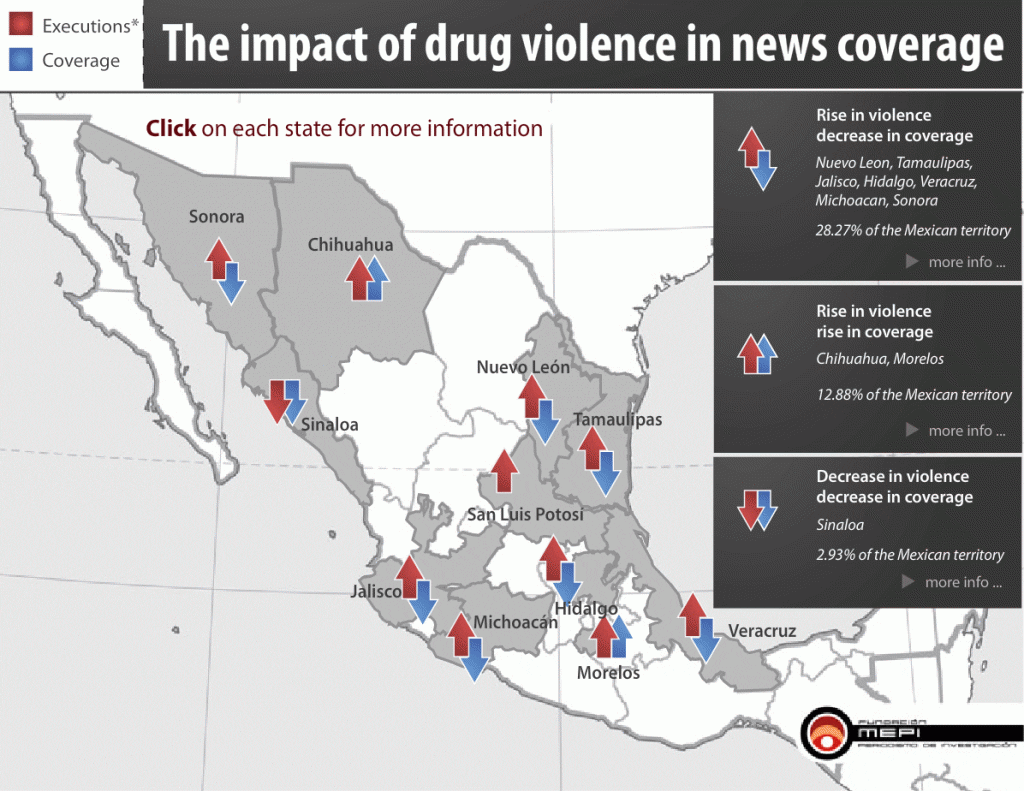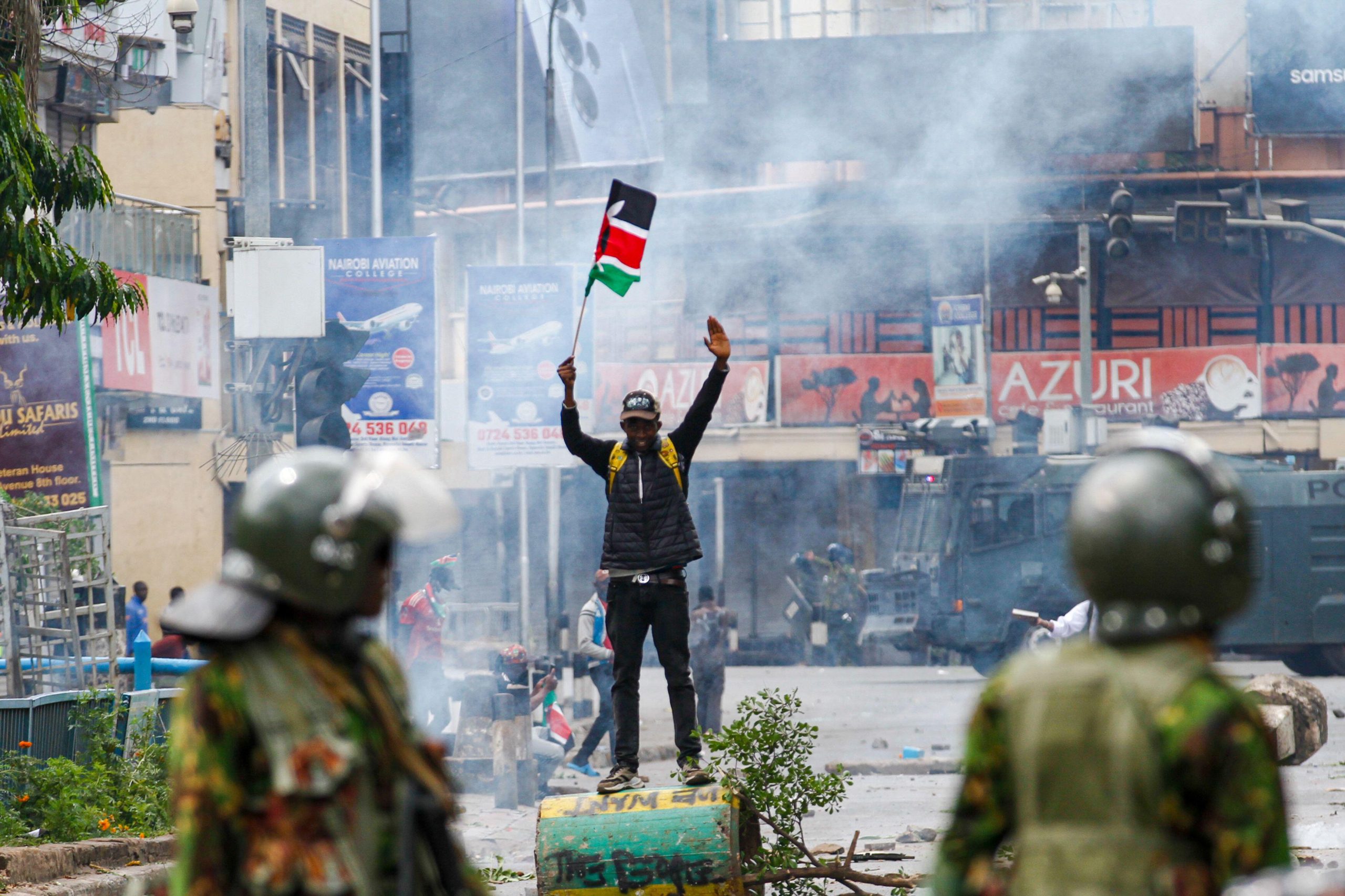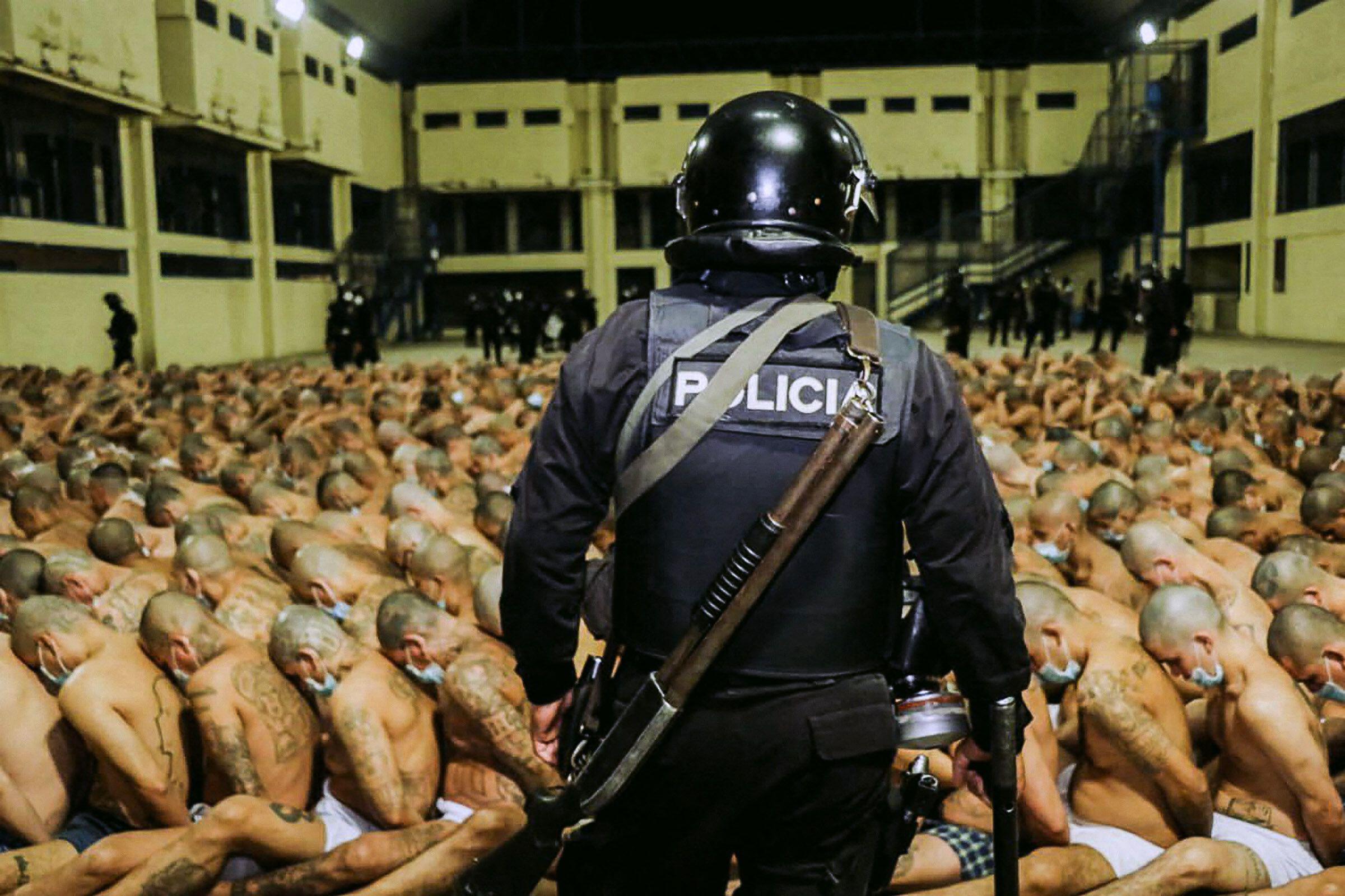In the last year, foreign and Mexican news reports have relayed the dangers faced by the Mexican provincial media by recounting anecdotes of journalists been intimidated, killed and disappeared.
But nothing illustrated better how dangerous the situation was than a meeting with a group of reporters in Monterrey, Nuevo Leon last May. There was mistrust, fear and expectation. One reporter was paranoid when a colleague kept the list of participants in the meeting with him; another one asked a colleague not to take pictures of those present. And a third said he would be quizzed by local drug traffickers about his trip to Monterrey. Those from Monterrey listened carefully to what those in Matamoros and Ciudad Victoria, two cities on the US Mexico border, were saying. One of the reporters from Monterrey told me, “It looks like we could become like them.” read more …
In May, we at the Fundacion MEPI de Periodismo de Investigacion, an independent investigative center based in Mexico City, were just beginning our probe into the media and violence “Mexico and the Spiral of Silence”, and were hoping to focus on the individual cases of threatened journalists. In July, the kidnapping of a group of journalists brought the story to a head. Because we were not ready to release our finding, we held back the report and decided to look deeper, the issue required more introspection. In the end we came out with a more targeted report that identified a few truths:
Traffickers have a clear public relations outlook and see the press and other forms of mass communication as an important part of their business.
The masters at this are the Zetas and the Gulf Cartel, two drug groups that started in the eastern states of Taumalipas, on the US/Mexico border and have controlled the local media with an iron hand. Their style is being copied by others like La Familia a cartel that operates in the state of Michoacan. The Zetas leadership is ex military and have implemented military techniques in the way they fight the government, but more importantly the way they engage the press.
With the split between the Gulf Cartel and the Zetas, their former enforcers, the hard-line style against the media has spread throughout Mexico creating virtual black news holes. While there are no good or bad drug cartels, some more established drug organisations like the Sinaloa Cartel have preferred to force the media to do what it wants through unwritten accords or a sort of détente. In Tijuana, the local cartel engaged early on in the high profile murders of several reporters, and a head on confrontation with the weekly Zeta, but as of lately this cartel has taken a lower profile approach, partly because of attacks by both Mexican and US police, but also because as a Tijuana journalist said, “they know we won’t back down.”
Today I understand the hesitation of reporters during the May meeting in Monterrey. There is widespread fear that the profession has been penetrated by the cartels. In some cases it is true, but in others is part of the new psy ops or psychological operations that the cartels have used to spread fear and mistrust amongst the press corps.
 Click to see MEPI’s map of the impact of drug violence in news coverage
Click to see MEPI’s map of the impact of drug violence in news coverage
READ MEXICO THE SPIRAL OF SILENCE HERE [PDF] more details are listed in the report which can be found in Spanish in our website fundacionmepi.org , or a short story based on our study in the propublica.org website.
Ana Arana is Index on Censorship’s Mexico editor and director of the Fundación Mexicana de Periodismo de Investigación




